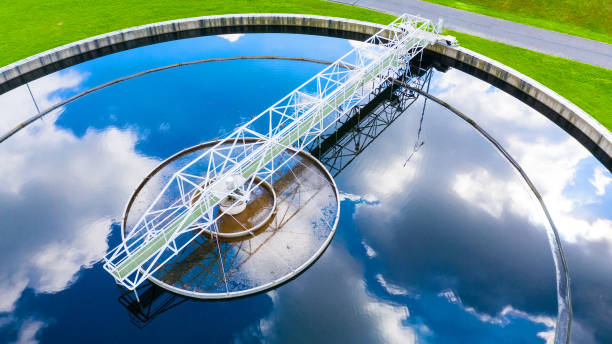A Guide to Closed-Loop Wastewater Recycling Systems

In an era where environmental consciousness is rapidly gaining ground, the concept of closed-loop wastewater recycling systems is emerging as a game-changer. These systems not only align with the global push towards sustainability but also offer practical solutions for industries and communities seeking to minimize their ecological footprint. In this blog, we’ll delve into what closed-loop wastewater recycling systems are, why they matter, and how their installation can revolutionize waste management practices.
Understanding Recycled Water Classifications in Australia

In Australia, recycled water plays a significant role in sustainable water management practices, offering an alternative source for non-potable uses such as irrigation, industrial processes, and environmental enhancement. The classification of recycled water is crucial as it determines its suitability for different purposes and ensures public health and environmental safety. This blog explores the various classifications of recycled water in Australia, along with relevant laws and considerations that affect consumers.




